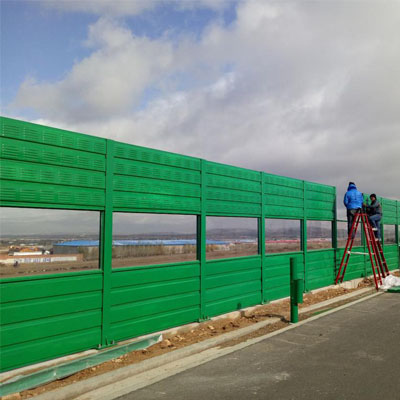Understanding Sound Barrier Screens An Overview
In the quest for a harmonious balance between urban development and environmental tranquility, sound barrier screens have emerged as a practical solution. These structures, designed to mitigate noise pollution, have gained significant attention in recent years as urban areas continue to expand, and traffic congestion remains a prevalent issue. In this article, we will explore the concept of sound barrier screens, their construction, benefits, applications, and future trends.
What Are Sound Barrier Screens?
Sound barrier screens, also known as noise barriers or sound walls, are structures built along highways, railways, and other noisy environments to shield surrounding areas from excessive sound. They serve as a physical barrier between noise sources and sensitive receivers such as schools, residential neighborhoods, and parks. The main goal of these screens is to reduce the transmission of sound waves, thereby decreasing the overall noise level in the area.
These barriers can be made from various materials, including concrete, metal, wood, and even vegetation. The choice of material not only affects the efficacy of sound reduction but also the aesthetic appeal of the structure. In many cases, barrier screens are designed to blend seamlessly with their surroundings while still fulfilling their primary function.
Construction and Design
The effectiveness of sound barrier screens is influenced by several design factors, including height, length, and density. Taller barriers are generally more effective at blocking sound, but they may also face height restrictions due to zoning laws and aesthetic considerations. The length of the barrier is crucial; it needs to be long enough to block the line of sight from the noise source to the receiver. Additionally, dense materials tend to absorb more sound, making them more effective than lighter alternatives.
Innovative designs have emerged that incorporate natural elements, such as living walls or green barriers, which use vegetation to further reduce noise while improving air quality and providing a habitat for wildlife. These eco-friendly solutions have gained popularity as cities seek to promote sustainability.
Benefits of Sound Barrier Screens
sound barrier screens

The primary benefit of sound barrier screens is their ability to significantly reduce noise pollution
. Studies have shown that well-designed barriers can reduce noise levels by up to 10 decibels or more, leading to a more peaceful environment for residents and wildlife alike. This reduction in noise has been linked to numerous health benefits, including decreased stress levels, improved sleep quality, and a general enhancement of quality of life.Moreover, sound barrier screens can add aesthetic value to urban areas. Depending on their design, they can serve as public art installations or landscaped features, contributing to the beauty of the environment rather than detracting from it. Integrating sound barriers with public spaces, such as parks and pedestrian walkways, can create inviting communal areas that encourage outdoor activities.
Applications of Sound Barrier Screens
These structures are widely applied in various settings. One of the most common applications is alongside major highways, where truck traffic can generate significant noise pollution. Sound barrier screens are also essential in urban areas near railways or airports, where noise levels can disrupt daily life.
Furthermore, sound barrier screens are finding increased use in residential developments. As urban areas become more densely populated, integrating barrier screens into the planning stages of new neighborhoods can enhance livability by providing a buffer against external noise sources from roads, industrial operations, or commercial centers.
Future Trends in Sound Barrier Technology
As environmental concerns continue to grow, the future of sound barrier screens is likely to evolve. The integration of technology, such as smart materials that can actively absorb sound or devices that can monitor noise levels in real-time, offers exciting possibilities. Additionally, the emphasis on sustainability will likely expedite the adoption of green barriers and eco-design principles, creating a dual benefit of noise reduction and environmental enhancement.
In conclusion, sound barrier screens represent a significant advancement in managing urban noise pollution. Their effective design and application can lead to healthier, more enjoyable living environments while addressing the challenges posed by modern cityscapes. As urbanization continues, sound barrier technology will evolve, paving the way for quieter and more sustainable communities.
-
Versatility of Expanded Aluminum Metal for Various Applications
NewsMay.19,2025
-
The Geometry of Steel Gratings: Why It Matters
NewsMay.19,2025
-
Reinforcement Applications of Perforated Mesh in Masonry
NewsMay.19,2025
-
Essential Tools for Installing a Deck Mesh Railing
NewsMay.19,2025
-
Anti-Slip Flooring Made with Stainless Expanded Mesh
NewsMay.19,2025
-
Adjustable Steel Grating for Uneven Terrain
NewsMay.19,2025
Subscribe now!
Stay up to date with the latest on Fry Steeland industry news.

